Code: DT011
The SPN1 Pyranometer is exceptionally easy to use; it needs no routine adjustment or polar alignment and works at any latitude.
An internal heater keeps the pyranometer dome clear of dew, ice and snow down to -20°C (in still air conditions), ensuring reliable readings in difficult climatic conditions.
SPN1 Pyranometer Resource Centre
The Resource Centre contains a wide range of application and technical information for the SPN1 – covering DNI calculation, tilt correction, performance validation, and much more. Visit the SPN1 Resource Centre.
Direct and Diffuse Radiation
The pyranometer uses an array of seven miniature thermopile sensors and a computer-generated shading pattern to measure the direct and diffuse components of incident solar radiation. It computes direct radiation by subtracting the diffuse from the global (total) radiation.
Sunshine Duration
The WMO threshold for bright sunshine is 120 W.m-2 in a plane perpendicular to the direct solar beam. The SPN1 Pyranometer uses an algorithm based on the ratio of direct to diffuse radiation, combined with their absolute values, to estimate sunshine duration to within a few percent of the WMO standard.
The SPN1 Pyranometer does not need to be adjusted or repositioned to track the sun – a distinct advantage over devices with shadow rings. There are no complex electro-mechanical assemblies and no burnt paper tracks to interpret.
Outputs and logging
The SPN1 Pyranometer provides 2 analogue voltage outputs for global and diffuse radiation, and a digital output for sunshine duration, which can be connected to data loggers, such as the Delta-T Devices GP2 and the compact GP1.
Readings can also be obtained directly from the RS232 port and viewed/logged using the SunData software supplied.
The GP1 Data Logger from Delta-T Devices is a powerful general purpose data logger that provides a low cost logging solution for the SPN1 Pyranometer.
Applications
The SPN1 Pyranometer is ideally suited to multiple solar radiation measurement application areas, including PV (photovoltaic) efficiency monitoring, air pollution studies, cloud cover research, ET and heat flux studies, canopy analysis, and building energy management systems. For further information please visit the SPN1 Resource Centre.


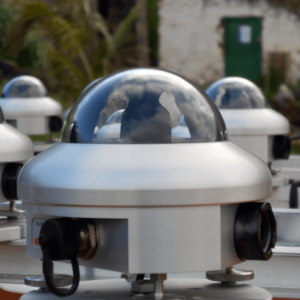
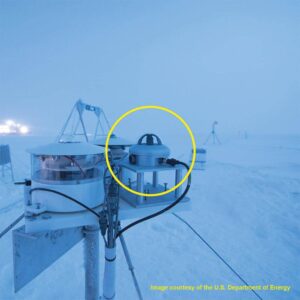
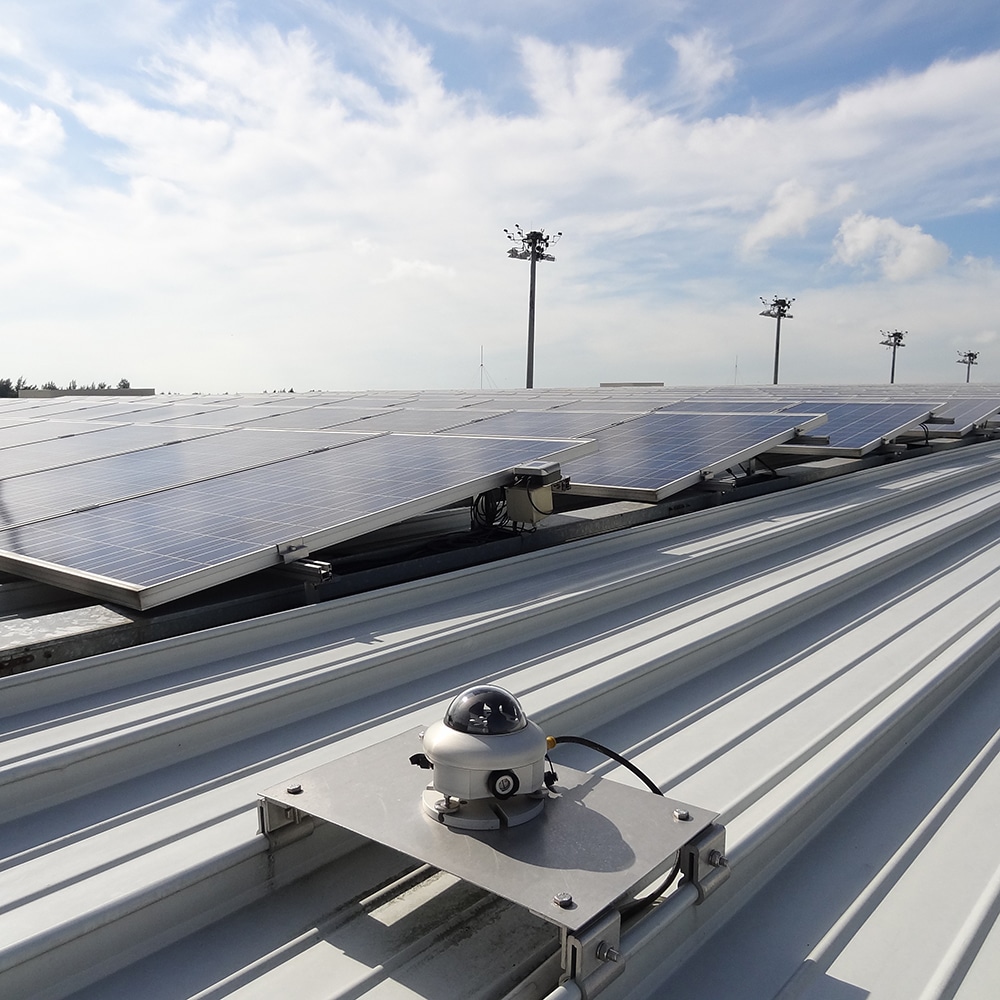
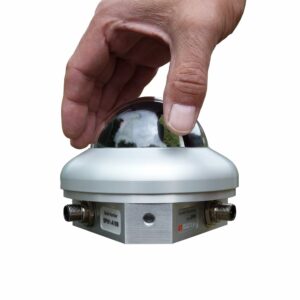


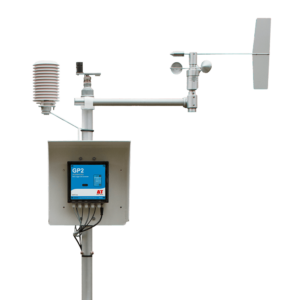
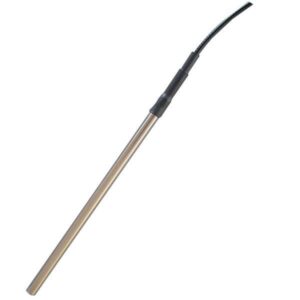
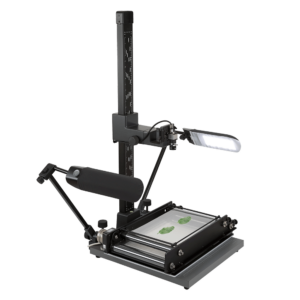
Reviews
There are no reviews yet.